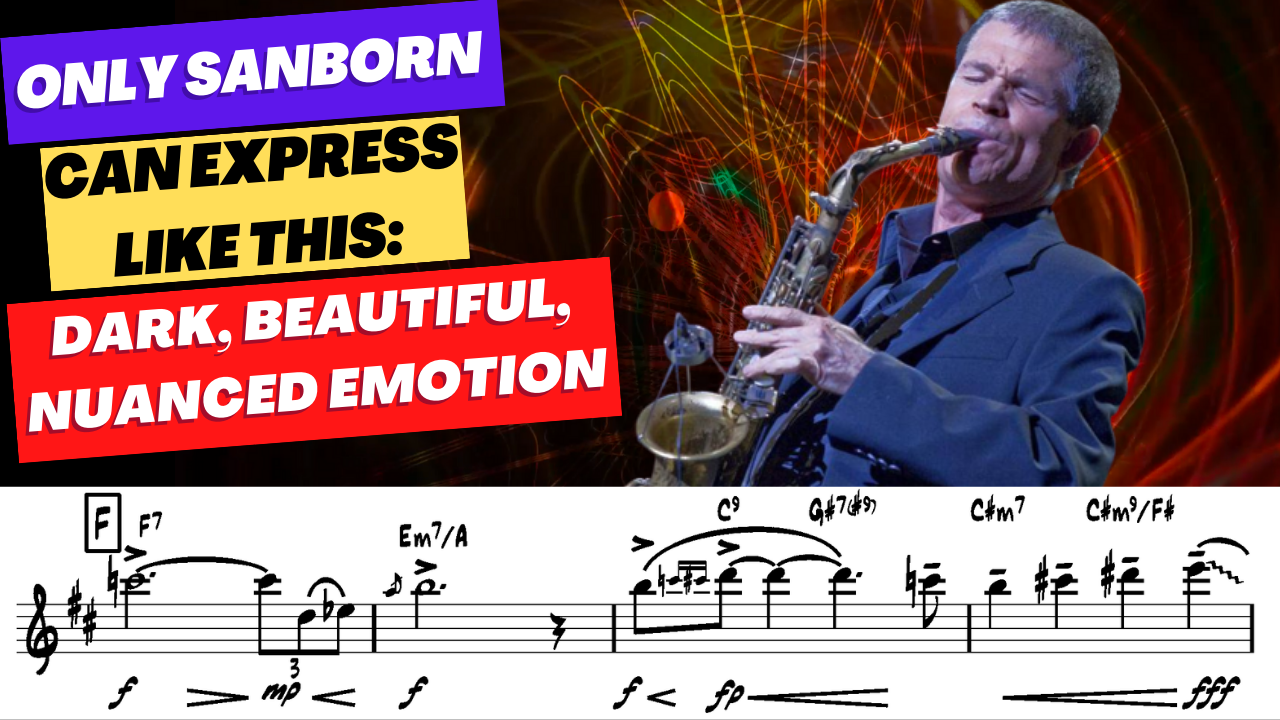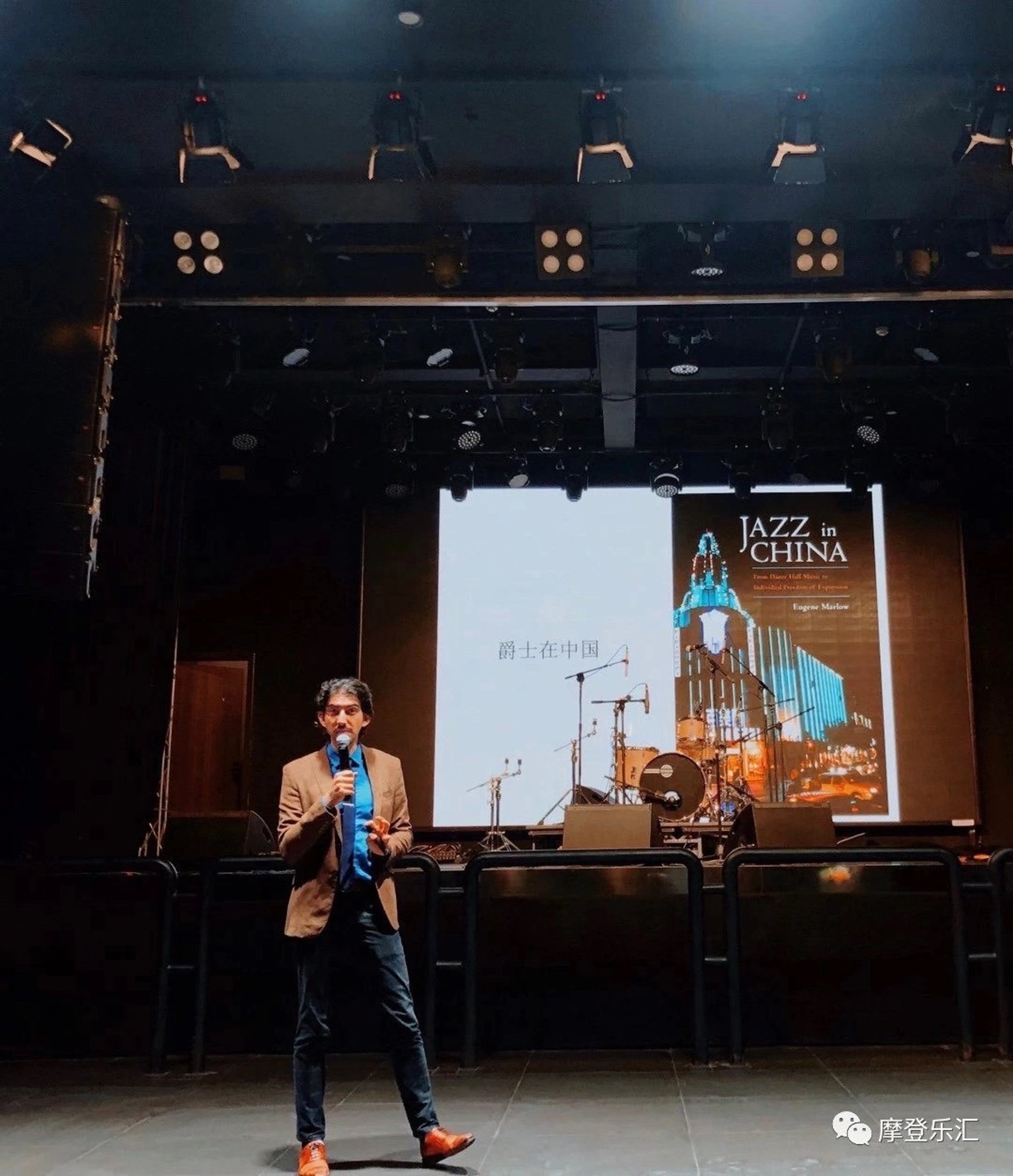
David Sanborn "Imogene" Full Premium Transcription
Alto Sax
$3.50
Why do so many people love David Sanborn? He doesn’t have the chops or the harmonic palette of so many of the legendary saxophonists. How about his sound? Many people associate that sound with the sticky sweet standard smooth jazz tone, and because of the many imitators that came after him, they can’t get past it, as if they have an aversion to anyone who copied that sound, although he is the original.
To me, the most outstanding aspect of Sanborn’s playing is his expressiveness, and nowhere is that more apparent than on ballads. I’ve already published one of them from his Pearls album (https://youtu.be/zmTUwzmcII8), but this one is another favorite of mine, mainly because it’s so different than a traditional ballad. Imogene, composed by Marcus Miller, was released on A Change of Heart in 1987, which was produced by Marcus Miller, a longtime Sanborn collaborator. He also wrote Chicago Song, which is one of Sanborn’s biggest hits and arguably his theme song, and I transcribed the solo from the great Live Under The Sky concert here: https://youtu.be/aeY2uIceqSc.
A few important notes about this particular performance:
There is something I call “The Sanborn Articulation” for lack of a better term. He often does a no-tongue, breath articulation that starts from nothing and quickly crescendos. I marked it as ppp then crescendo.
Another one the performer should be familiar with is what my teacher called a “shimmer”. This is a heavily accented note, with a very quick vibrato of short duration, maybe just 2-3 undulations. I marked these as accented with a ~~ in combination.
Of course Sanborn is known for his legendary split tones. I marked them all as “GR” (short for growl) because I personally can’t do the split tones so I growl instead. The funny thing is Sanborn himself said he developed the split because he couldn’t growl, so to each their own. Do what works for you.
Harmonics are notated with an “o” on top, ghosted tongue (or “dooden”) marked as “x”, bent notes in pitch and in time are marked as smaller noteheads, so play the regular sized note and then bend to the small notehead pitch.
Last thing, I spent a lot of time on the crescendo and vibrato markings so pay close attention to those. Where in the bar/note he starts or ends the vibrato or crescendo is key to playing this as closely to the original as possible. Typically a decrescendo into a rest will be decrescendo into nothingness, but also do pay attention to where that rest note is written because I also wrote them to signify the ends of phrases as closely as possible.
Of course we can split hairs about all of these aspects, as well as my dynamic markings, but this is as close as I felt I could get it. I differentiated between faster/slower and wider/narrower vibrato as best I could with the two markings available. Some of his bends are slower/faster than others but I have no good way of marking and differentiating so you’ll just have to listen for that.
This is the complete transcription, from start to finish. The way Sanborn plays the melody, in my mind, is just as important as the solo, and as usual I tried my best to indicate as many of the details of expression as possible. As it is so often with the greats, it's not WHAT you play but HOW you play it, and in my opinion Sanborn is a master of expression and stands out even amongst the all-time giants in this respect. Enjoy and listen deeply!
As always, the notes on the page are just a fraction of, and a distant approximation of, the music itself. One must listen closely and repeat many times to get all the details of the nuance out. My only hope is that writing the notes out in this more detailed fashion helps people to HEAR more clearly. It wasn’t until my teacher played the a part of the recording, explained, then played it himself, that I noticed what was going on. It is my intention to help more people NOTICE the beautiful nuance of Sanborn’s expressiveness.

